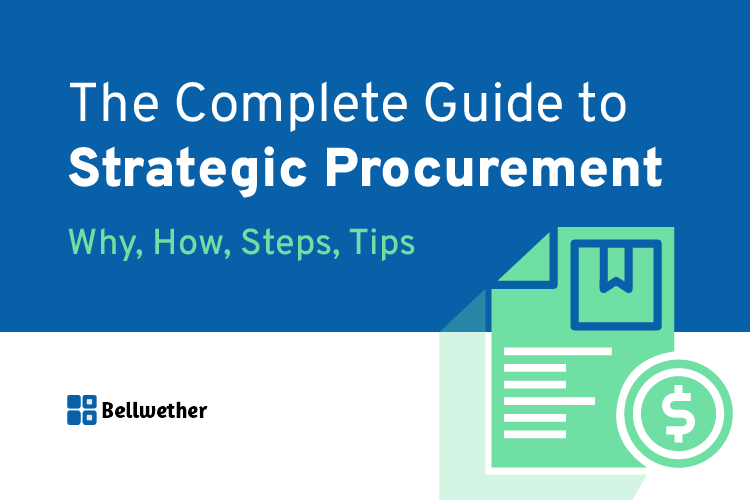Maintenance, repair, and operations (MRO) expenses plague companies of all sizes. These expenses are often left uncontrolled and can be especially frustrating and painful for CEO’s, CFO’s, and purchasing managers. These mundane items contribute as much as 70% of a company’s spend, but half the time they are never available when needed. What happens is that MRO parts become spot buys resulting in costly transactions that blow budgets instead of planned expenses that are already accounted for. According to research by Aberdeen Group, the paper burden accounts for about 20% or $200,000 per $1 million in spend
Imagine going to a big retailers and finding that 50% of their shelves are empty so half the items you were looking for are not available. Consider that 20% of the items have no markup built into them. How could they possibly survive? Yet that is exactly what your business does when it makes these sporadic MRO purchases because half the items are not available for the supply closet or warehouse.
Financial success for the business cannot be tied to production or sales goals alone. You must carefully consider every expense. MRO decisions have a direct impact on profit margins for various departments individually and for the business as a whole. Creating new, unplanned, purchase order cycles for MRO expenses time after time can significantly impact your bottom line. Limited resources, lack of understanding, and simply a failure to plan an appropriate strategy all contribute to the troubles in this area.
Do any of the following sound familiar:
“It’s no secret that MRO is a disaster, but it is a low priority and I simply don’t have time.”
“MRO is only 6% of our spend, so what’s the big deal?”
“The boss is unwilling to invest in MRO improvement so if they don’t care I don’t care.”
“MRO is not my problem; let ________ worry about it.”
Consolidating inventory and utilizing a cloud-based purchase order system to monitor and implement a planned strategy can go a long way in bring this uncontrolled area into alignment with your business goals. All the departments must work together, in unity toward this common goal. Keep in mind that this is not management’s problem. Everyone has a role to play. Be sure to focus on needs ,not wants when creating your strategy. Wanting the latest and greatest gadget simply because it’s new or cool won’t help matters. Stay objective, stick to the facts, and demonstrate how this applies to the company as a whole. The benefits of this approach can include greater efficiency, improved performance, increased supplier involvement and better control.






